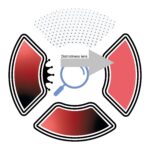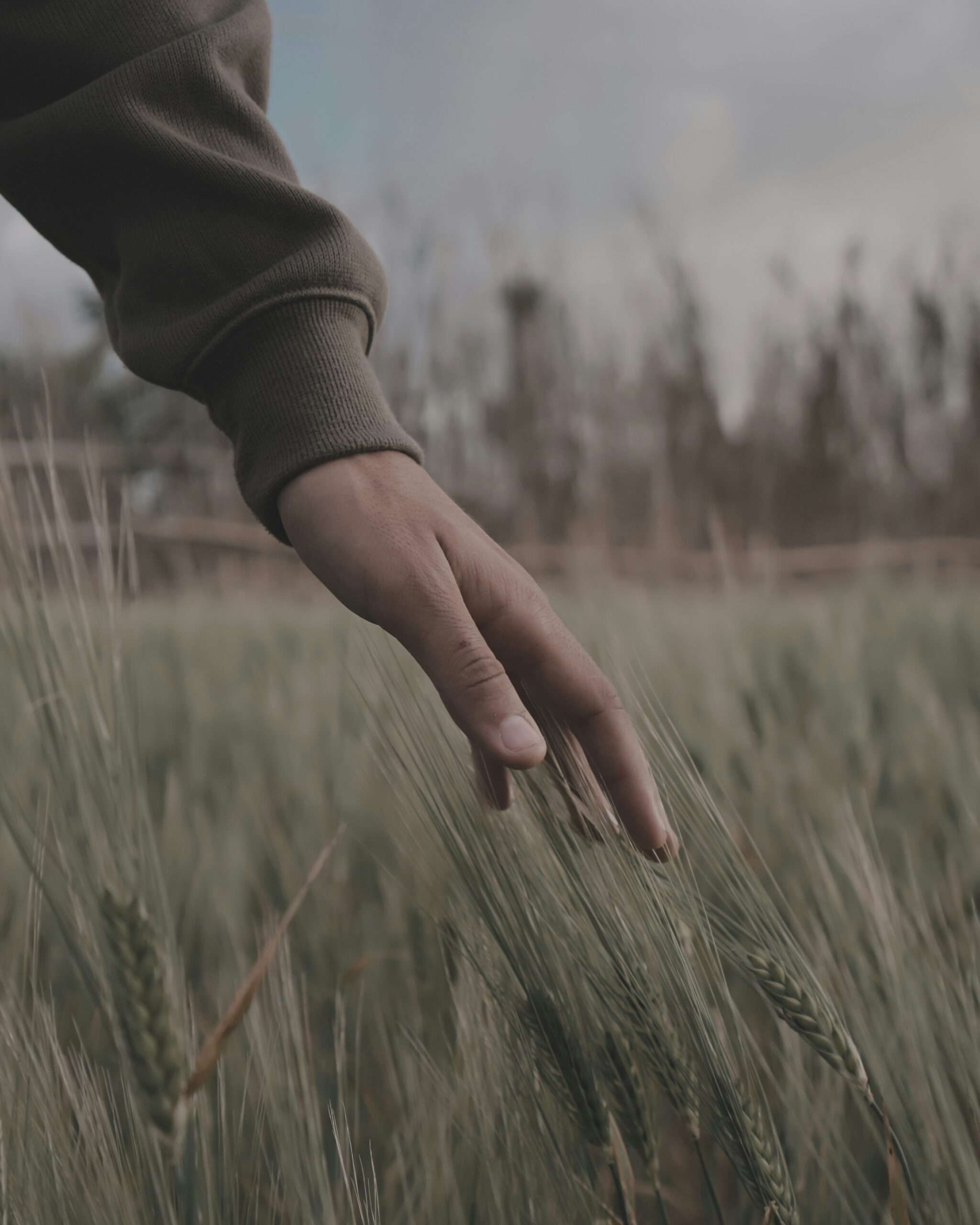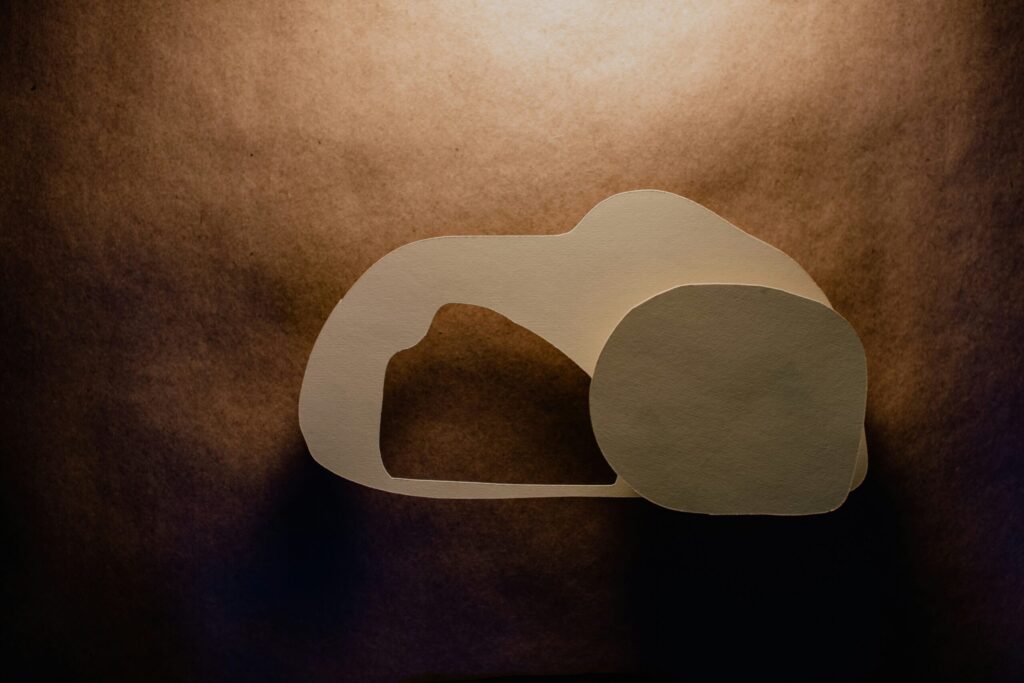 Trust is a cycle that requires initiating risk and experiencing credibility. We start the cycle by distinguishing safe others with distinct identity. We then take risk with trustee. We may risk money, information or disclosing our thoughts and feelings. Once he or she responds reliably, the first trust cycle is completed. Trust deepens as new and deeper cycles are finished. .
Trust is a cycle that requires initiating risk and experiencing credibility. We start the cycle by distinguishing safe others with distinct identity. We then take risk with trustee. We may risk money, information or disclosing our thoughts and feelings. Once he or she responds reliably, the first trust cycle is completed. Trust deepens as new and deeper cycles are finished. .
Trust is an experience that lived gradually freely mutually. It is not demanded nor begged for. We will have to sharpen our instincts to discover those with solid identities. The whole Mark of the trustworthy person is that they do as they say and they say as they do, there is no gap between saying and doing.
We risk what is acceptable, replaceable and realistic. When we build trust, we don’t abandon our responsibilities. We are still charged with the responsibility of examining reality and staying connected with the trustee. Our established trustworthy friends are essential to our ability to trust. We need to receive from their truthful feedback as we navigate trust labyrinth.
Trust entails the deliberate opening of boundaries. individuals who had not matured in separateness, and don’t relate through the distinctness lens are unlikely to respond reliably. through the integration lens, we understand that trust can be rebuilt after experiencing betrayal. It takes time, grace, forgiveness, and mutual desire to rebuild the trust.
Trust is taking risk to enter safe heaven of love. the risk can be mitigated by choosing the subject from the collection of the emotional safe others.
spiritual application of trust is reflected in faith. God risked experiencing death on the cross. Those of who respond to His love initiative by repentance experience His faithfulness, and become partakers in His divine nature.







